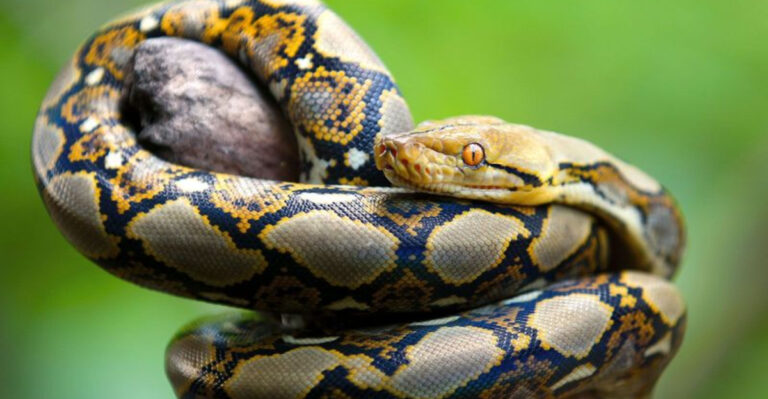17 Interesting Facts About The Patagonian Mara
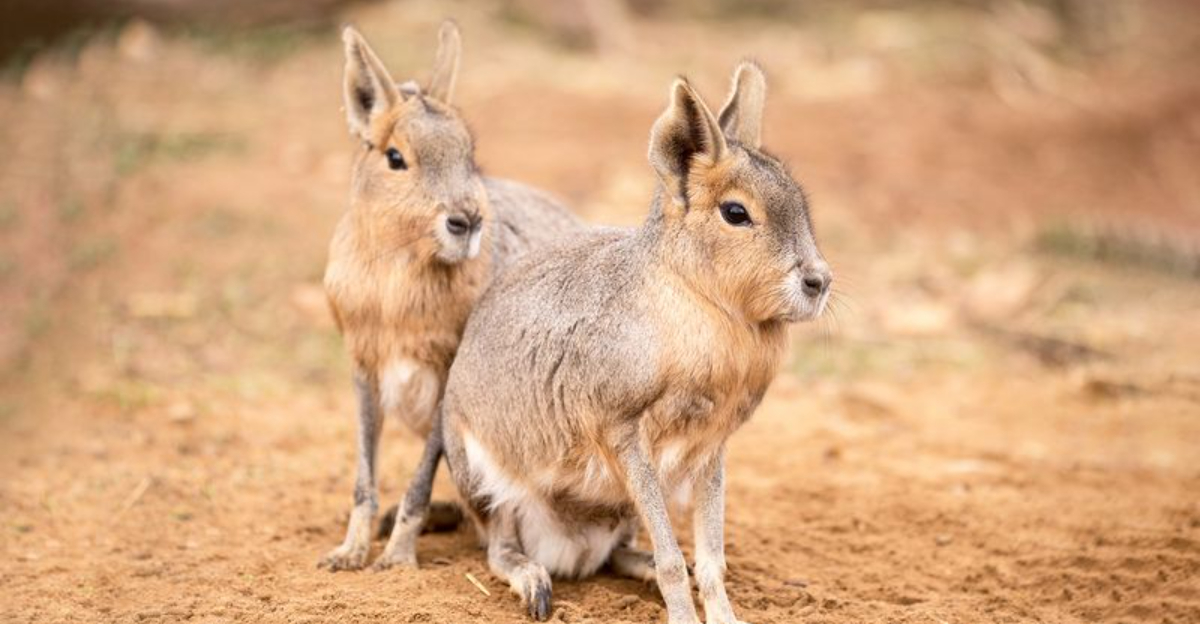
Ever heard of a creature that resembles a rabbit, has the size of a small dog, and runs like a deer? Meet the Patagonian Mara, a quirky rodent native to Argentina’s vast grasslands.
These fascinating animals are full of surprises, from their unique social structures to their curious behaviors. Let’s embark on a journey to discover intriguing facts about these charming creatures.
1. Social Butterflies
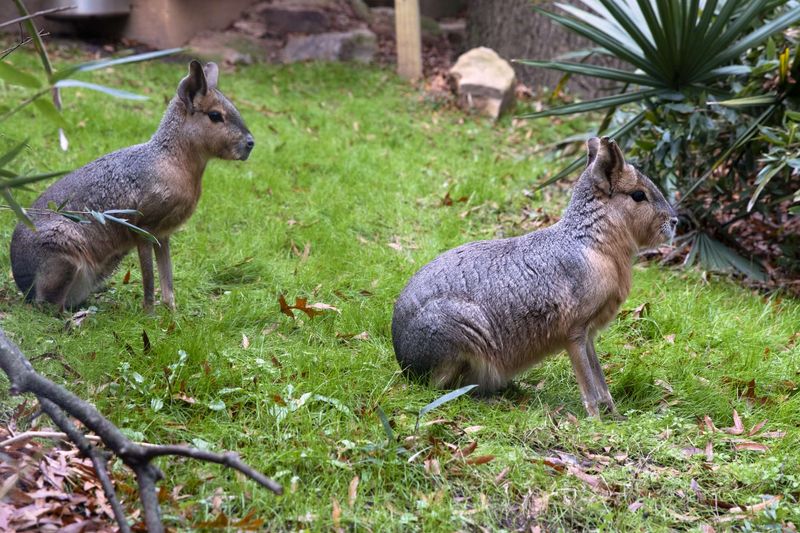
With a penchant for companionship, Patagonian Maras thrive in pairs or small groups. Their social nature isn’t just for fun; it helps them spot predators more effectively.
These rodents communicate through a series of grunts, whistles, and even teeth chattering. Their intricate vocalizations are key to maintaining the group’s harmony, making them excellent communicators in the animal kingdom.
2. Speedy Runners
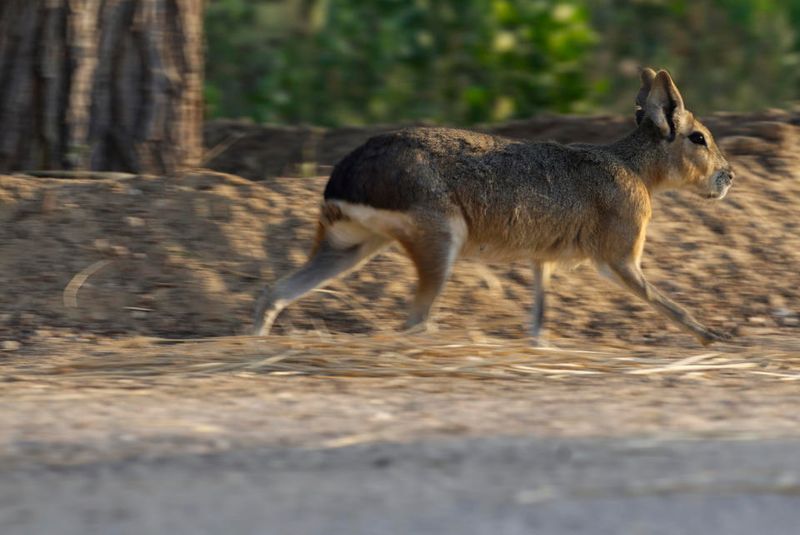
Clocking speeds up to 45 km/h, Patagonian Maras are nature’s speedsters. Their long, slender legs are perfectly adapted for bounding across Argentina’s pampas.
This incredible speed is their primary defense against predators, allowing them to escape danger effortlessly.
3. Unique Parenting
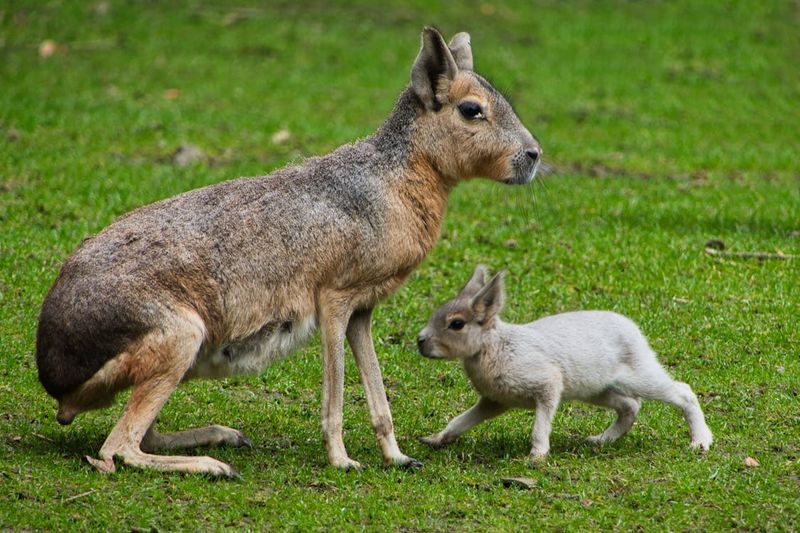
Parenting among Maras is a community affair. They often share burrows with other families, creating a nursery where multiple mothers care for the young.
Such cooperative breeding boosts the chances of survival for every pup in the group.
4. Monogamous Mates

In the animal kingdom, monogamy is rare, but not for the Patagonian Mara. These creatures form lifelong bonds with a single mate, a romantic notion indeed!
They often groom each other and stay close, showcasing an affectionate partnership.
5. Cavy Cousins
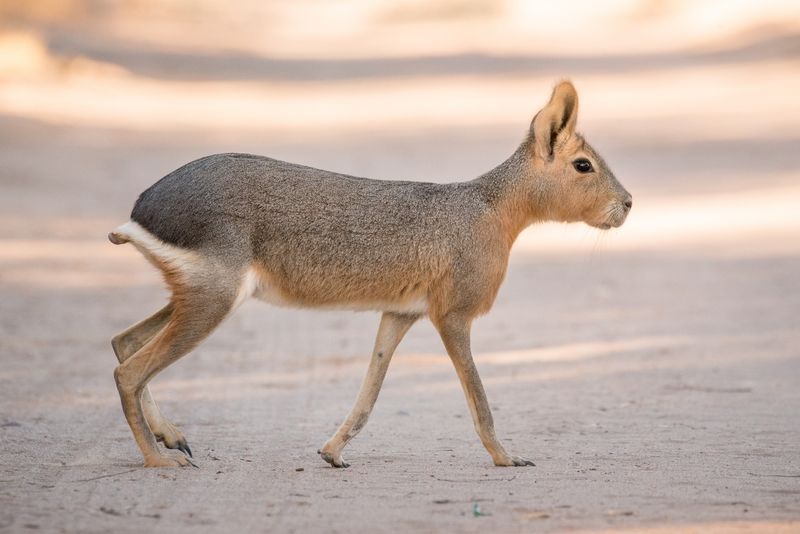
Despite their rabbit-like looks, Patagonian Maras are more closely related to guinea pigs. Both belong to the Caviidae family, making them rodent cousins.
That connection gives them unique traits that fascinate scientists and animal lovers alike.
6. Grassland Dwellers
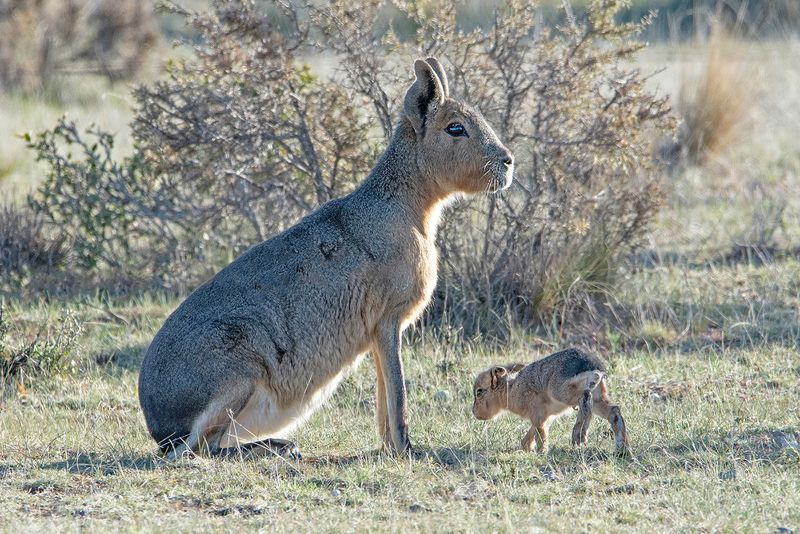
Native to the expansive grasslands of Argentina, Patagonian Maras are perfectly adapted to their environment. Their long legs and keen senses help them navigate and thrive in this vast, open space.
These rodents are a vital part of the ecosystem, playing roles in seed dispersal and soil aeration, essential for maintaining the health of their natural habitat.
7. Vocal Communicators
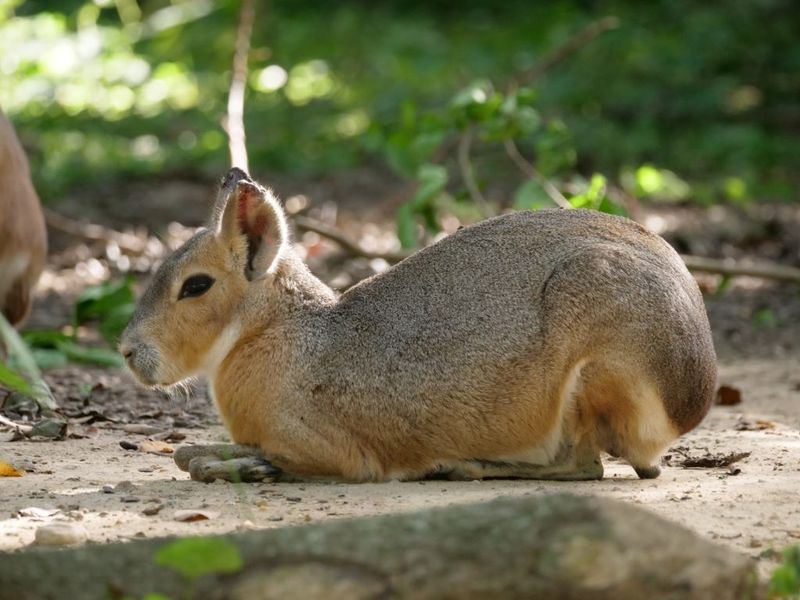
Patagonian Maras aren’t just quiet grazers – they’re quite vocal. With squeaks, grunts, and alarm calls, they express emotion and warn of danger.
Vocal communication helps them stay connected and aware of threats around them.
8. Daytime Delights
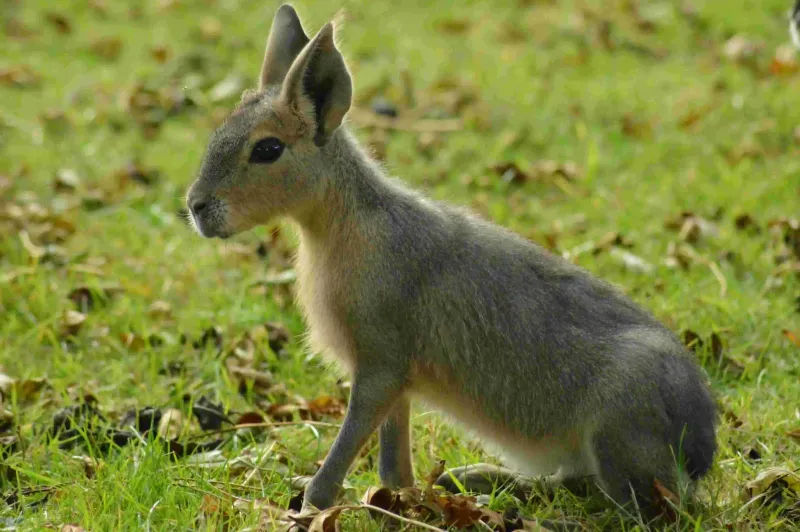
Unlike many rodents, Patagonian Maras are diurnal, meaning they’re active during the day. This lifestyle is a strategic adaptation to avoid nighttime predators.
They spend their days foraging for food, socializing, and maintaining their burrows.
9. Herbivorous Diet
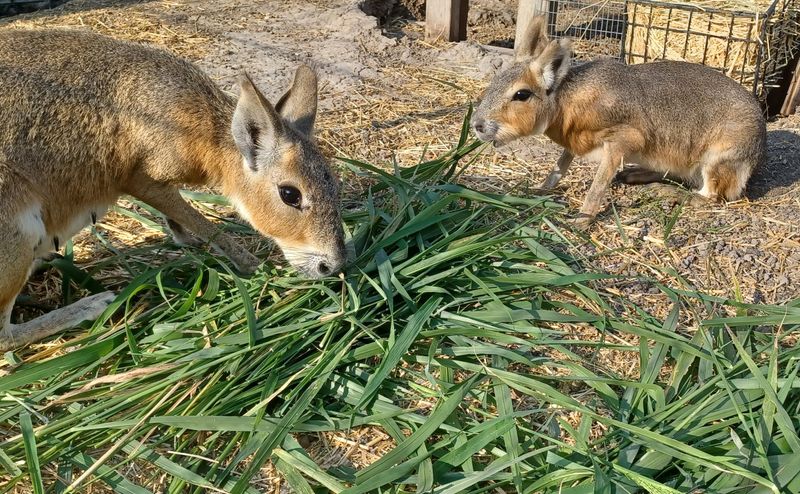
Patagonian Maras are strict herbivores, feeding on grasses, herbs, and seeds. Their diet not only sustains them but also aids in seed dispersal across the landscape.
This grazing habit is crucial for their role in the ecosystem, as it helps maintain the balance of plant life and contributes to the health of their grassland homes.
10. Burrow Builders
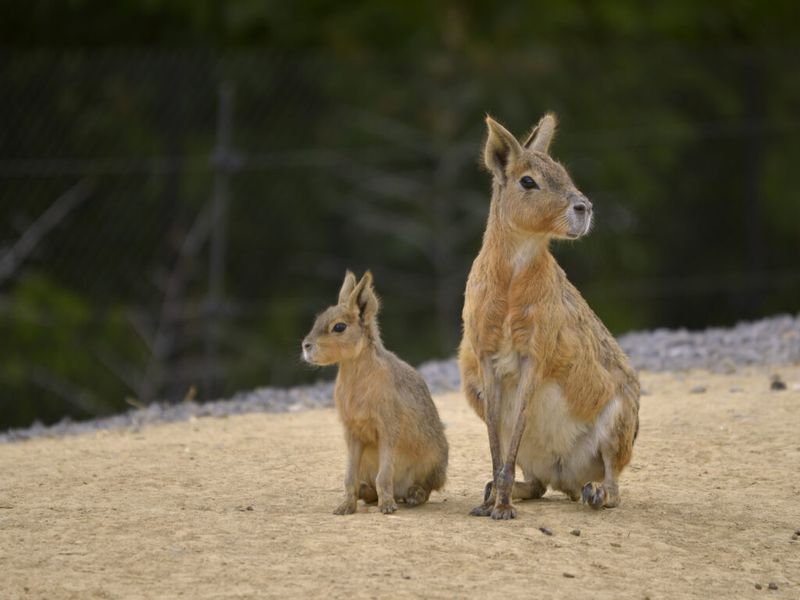
Maras are skilled architects, creating elaborate burrows for shelter and raising young. These underground homes protect them from predators and harsh weather.
The burrows are often shared with other Mara families, reflecting their communal lifestyle.
11. Silent Sprinters
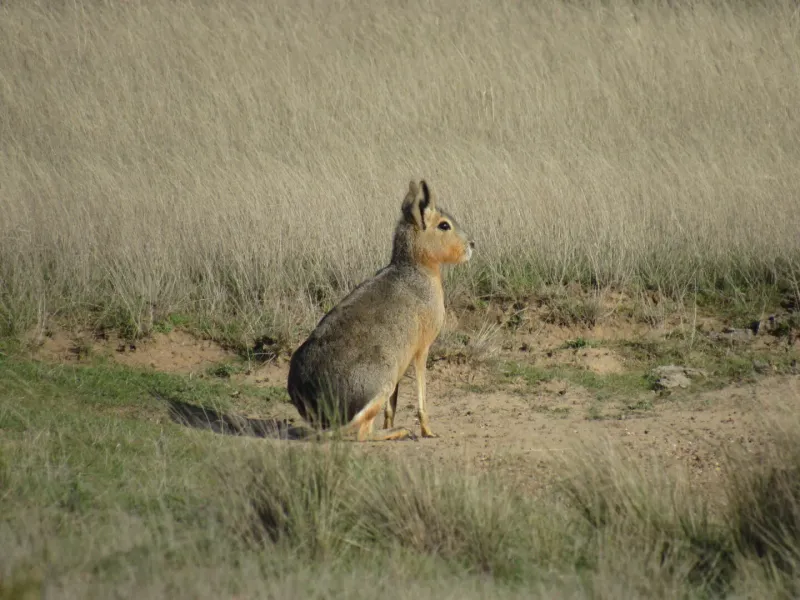
Despite their speed, Maras are surprisingly silent when they run. Stealthy movement helps them evade predators without drawing attention.
Padded feet and agile bodies make it easy to move quietly through their habitat, a smart survival tactic in the wild.
12. Keen Senses
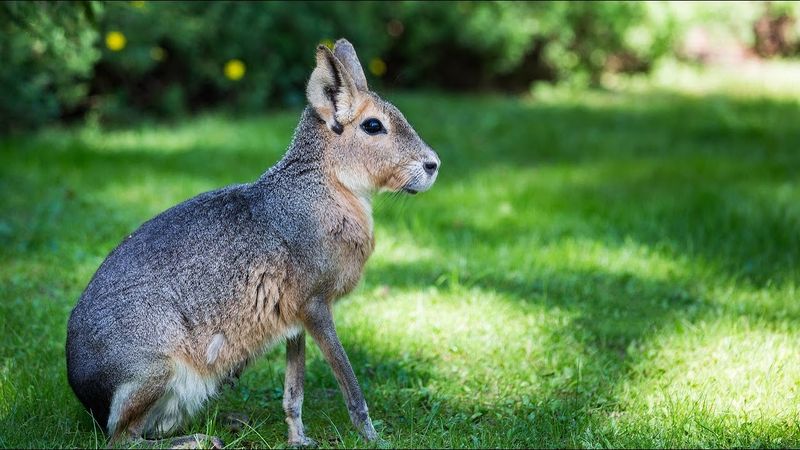
Patagonian Maras boast sharp senses, particularly their vision and hearing. These heightened abilities are essential for detecting predators in their open environments.
Their large eyes provide a wide field of view, while their keen ears pick up even the faintest sounds.
13. Adaptable Survivors
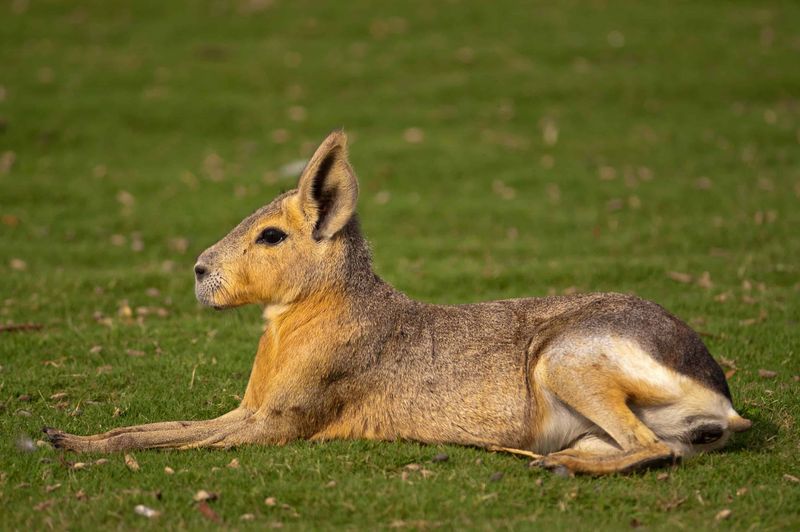
The Patagonian Mara is a master of adaptation. Whether enduring summer heat or winter cold, it adjusts behaviors to survive.
Flexibility in diet and social habits helps it handle the shifting demands of its environment with ease.
14. Wild And Free
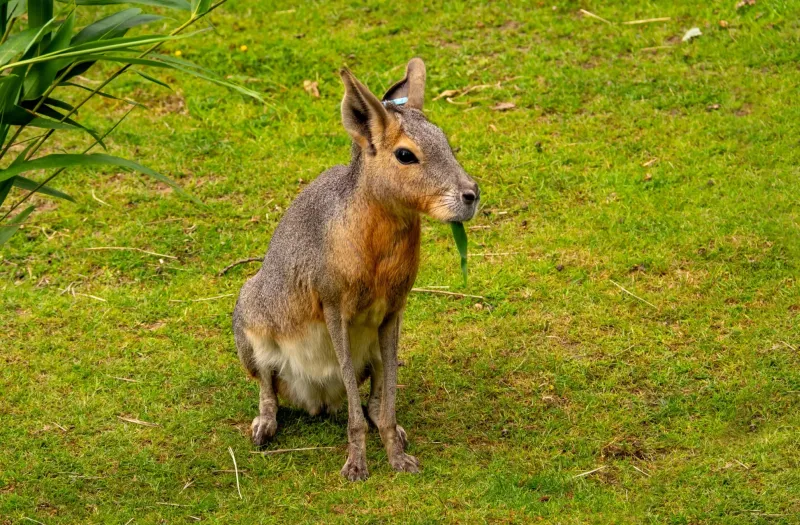
While they can be seen in zoos, Patagonian Maras are best appreciated in their natural habitat. Observing them in the wild offers insights into their true behaviors and interactions.
In the wild, they roam free, exhibiting their natural instincts and social dynamics, a testament to their wild and untamed spirit.
15. Conservation Concerns
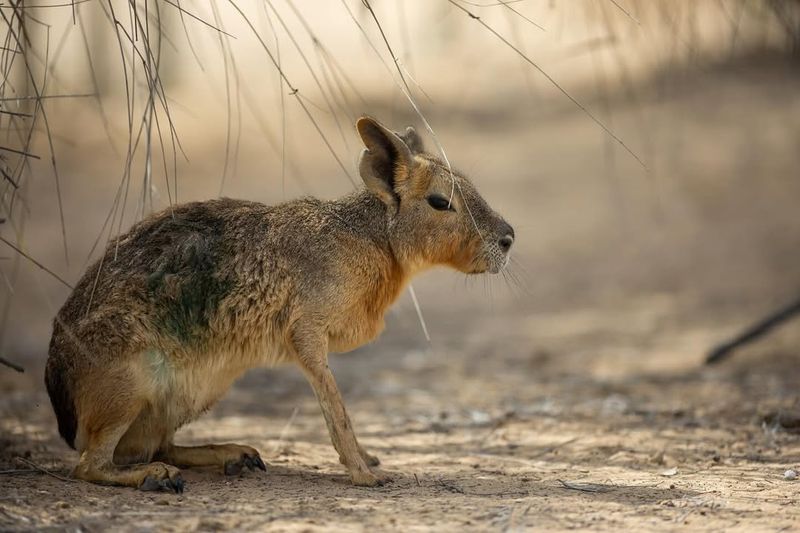
Though not endangered, the Patagonian Mara faces threats from habitat loss and hunting. Conservation efforts focus on preserving their natural habitats and raising awareness.
Protecting these unique creatures ensures the survival of a species that plays a critical role in its ecosystem.
16. Cultural Significance
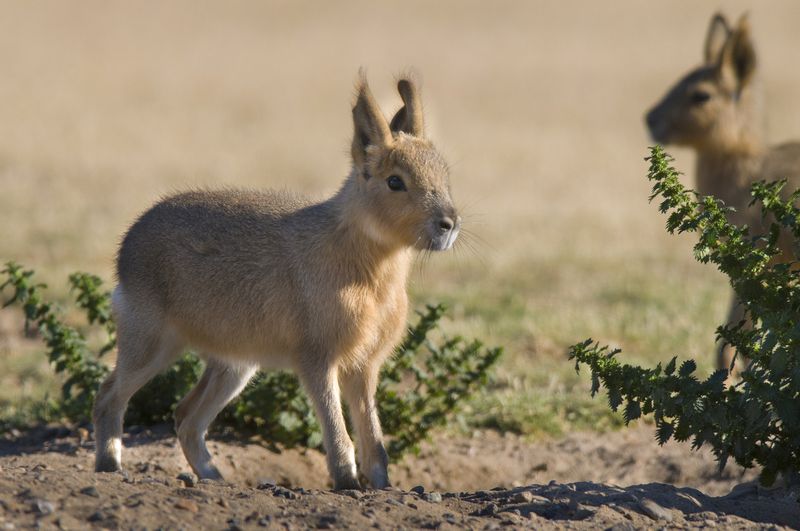
In Argentine culture, the Patagonian Mara holds a place of significance, often featured in folklore and local stories. These animals symbolize the unique wildlife of the region and are cherished by those who live alongside them.
Their presence in cultural narratives highlights the deep connection between these creatures and the people of Argentina.
17. Scientific Curiosity
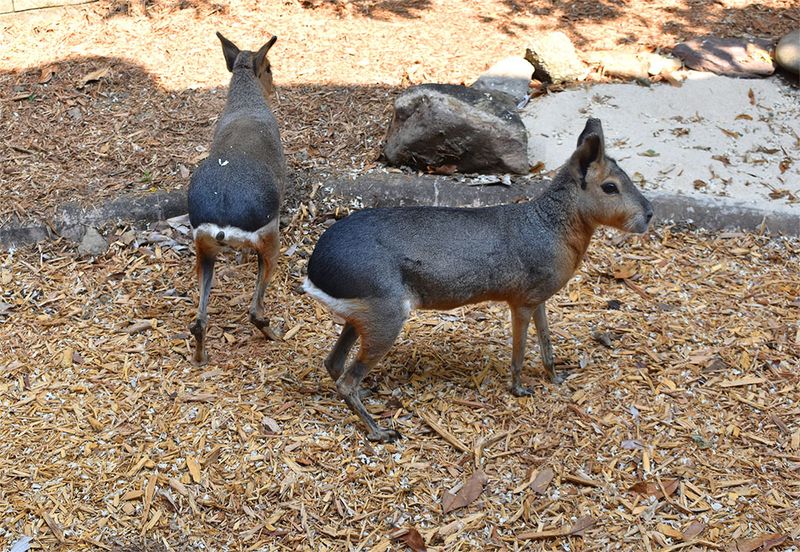
The Patagonian Mara continues to pique the curiosity of scientists worldwide. Their unique behaviors and adaptations offer valuable insights into evolutionary biology.
Ongoing research aims to understand their social structures, communication methods, and ecological impact.




